Creating an Effective WordPress Blog using BlueHost WordPress Hosting
BlueHost is a reputable and trustworthy hosting provider that specializes in WordPress site development and web hosting. With BlueHost, you can enjoy unlimited bandwidth, storage, premium support, and all the necessary server assistance to ensure the smooth operation of your WordPress blog. What’s even better is that you can easily install WordPress and make your blog live within minutes.
If you’re considering BlueHost for your website, you might be wondering how to get started with this service. Fortunately, BlueHost has made the process simple, from choosing a domain name to setting up your site and ensuring its speed and security.
While BlueHost excels in web hosting, WordPress remains the leading content management system. By combining both BlueHost and WordPress for your website, you can confidently create an attractive and user-friendly site that provides an excellent experience for your visitors.
In this article, we will discuss how you can create an effective WordPress blog using BlueHost as your hosting provider.
Choose a domain name
The first step in creating your WordPress blog is to select a domain name. Your domain name is the root name on which your website will reside. For example, “HubSpot” is the domain name in “blog.hubspot.com.” It’s important to choose a unique domain name that is not already in use or is too similar to existing websites. BlueHost offers a free domain name for the first year, allowing you to save money as you embark on your site-building journey.
Purchase a hosting package
After selecting a domain name, BlueHost will guide you through choosing the hosting package that best suits your business. You can choose from three tiers: Basic, Plus, or Choice Plus.
The choice of the package depends on the specific needs and goals of your website. If you require a simple website and want to get started quickly, the Basic plan is a good option. For rapidly scaling businesses, the Plus or Choice Plus plans to provide better support for increased storage and subdomains to handle higher traffic demands.
Install WordPress on your website
BlueHost takes pride in its easy WordPress installation process. Once you’ve purchased your domain, navigate to the control panel. From there, access the BlueHost cPanel and visit “MOJO Marketplace.” Select the “One-Click Installs” option, where you’ll find WordPress as the first button.
Click on the WordPress icon and then the green “Start” button. Next, choose the domain where you want to install WordPress. Under the “Advanced Options,” BlueHost recommends setting up a unique username and password for installation. Review the terms and conditions and click “Install Now” to proceed.
Add a WordPress theme
Once the installation process is complete, sign in to your WordPress site using the admin username and password. You will be directed to a page where you can choose a theme for your website.
It’s advisable to start with a free theme and upgrade to a more customizable premium theme as you add content and elements to your site. There are numerous modern and free themes available, but if you don’t find one that suits your preferences, you can always upgrade to premium themes for more choices and customization features. Take your time in selecting a theme, as you can revisit this page later to find the perfect one for your site.
Explore the WordPress dashboard
After selecting a theme, you’ll be greeted by the WordPress dashboard. Take some time to familiarize yourself with this interface, as it will serve as your control center for managing, customizing, and updating your site. If you’re new to WordPress, there will be a section with links to help you understand its most common features.
The dashboard is where you can review comments, compose new blog posts, add pages, and install integrations. Additionally, you can manage plugins, which provide additional functionality for your site, directly from the WordPress dashboard.
Update the permalink structure
One crucial step you should take is to update the permalink structure. While BlueHost might handle this automatically during installation, it’s always best to double-check. Having a proper permalink structure is essential for search engine optimization (SEO) and user-friendly URLs.
From the WordPress dashboard, navigate to “Settings” and then “Permalink.” You’ll find various options for permalink structures, but ensure that “Post Name” is selected. This setting ensures that your page URLs will be clean and readable, such as “www.yoursite.com/about” instead of “www.yoursite.com/12345?.”
If the default setting is already set to “Post Name,” BlueHost likely took care of it during installation, and you don’t need to make any changes. However, it’s always good practice to verify. Now, your post URLs will be more trackable and memorable.
Customize your site’s layout
Now it’s time to bring your website to life by customizing its layout and adding personalized elements like social media buttons and color schemes. Although you’ve chosen a theme with preloaded color palettes, you can still adjust them to suit your specific needs for different pages.
Additionally, you’ll need to create web pages that will host various segments of information. Common pages include “About,” “Contact,” and “Blog.” Ensure that you add content to each page before publishing them to avoid disappointing user experiences. Let visitors know that your site is “under construction” if necessary before providing them with a link to your webpage.
Launch your website
Once you’ve perfected the theme, color palette, page structure, and content, it’s time to take your website live. Publish your site and make it accessible to the world.
Moving forward, remember to regularly update your website’s content to provide the best possible experience for your audience. Consider installing additional sections, such as a blog, to enhance user engagement and create a more enriching experience.
BlueHost’s WordPress hosting provides a reliable and convenient solution for creating and hosting your WordPress blog. By following the steps outlined in this article, from choosing a domain name to launching your website, you can confidently build a professional and user-friendly WordPress site using BlueHost as your hosting provider. Remember to regularly update and maintain your website to ensure its continued success.
Frequently Asked Questions
A) What is Bluehost WordPress hosting, and why should I consider it for my blog website?
Bluehost WordPress hosting is a specialized hosting service provided by Bluehost that is optimized for WordPress websites. It offers several advantages, including easy WordPress installation, automatic updates, enhanced security measures, and excellent performance. By choosing Bluehost WordPress hosting, you can ensure a seamless and hassle-free experience for managing and growing your blog website.
B) What are the key features of Bluehost WordPress hosting that can benefit my blog website?
Bluehost WordPress hosting comes with a range of features tailored for bloggers, such as:
- a) Simple WordPress installation: Bluehost offers a one-click WordPress installation process, allowing you to set up your blog quickly and easily.
- b) Enhanced performance: With advanced caching techniques, content delivery networks (CDNs), and robust server infrastructure, Bluehost ensures faster page loading times and improved overall website performance.
- c) Secure hosting environment: Bluehost provides multiple layers of security, including site isolation, automatic WordPress updates, malware scanning, and free SSL certificates, to protect your blog website from threats.
- d) Scalability and growth options: As your blog grows, Bluehost offers scalable hosting plans that allow you to upgrade resources such as CPU, RAM, and storage, ensuring your website can handle increased traffic and user demands.
- e) 24/7 customer support: Bluehost provides reliable customer support through various channels, including live chat, phone, and ticket-based systems, to assist you with any issues or questions regarding your blog website.
C) Can I customize the design of my blog website hosted on Bluehost WordPress hosting?
Yes, absolutely! Bluehost WordPress hosting is fully compatible with WordPress, which offers a wide range of customization options for your blog website. You can choose from thousands of free and premium WordPress themes to find the design that best suits your blog’s niche and style. Additionally, you can further customize the appearance and functionality of your blog by installing and configuring WordPress plugins.
D) Does Bluehost offer any tools to help me optimize my blog website for search engines?
Yes, Bluehost provides various tools and features to assist you in optimizing your blog website for search engines like Google. Some of these include:
- a) Integrated SEO tools: Bluehost offers SEO tools like the Yoast SEO plugin, which helps you optimize your content, meta tags, and XML sitemaps for better search engine visibility.
- b) Site performance analytics: Bluehost provides access to website analytics tools, enabling you to track visitor behavior, monitor traffic sources, and identify areas for improvement.
- c) Fast loading times: Bluehost’s optimized infrastructure and caching mechanisms contribute to faster page loading speeds, which can positively impact your search engine rankings.
E) Can I monetize my blog website hosted on Bluehost WordPress hosting?
Yes, you can monetize your blog website hosted on Bluehost WordPress hosting in several ways. Some popular methods include:
- a) Displaying advertisements: You can integrate ad networks like Google AdSense or affiliate marketing programs to display relevant ads on your blog and earn revenue based on clicks or conversions.
- b) Sponsored content: Collaborating with brands or businesses in your niche to create sponsored posts or product reviews can be another avenue for generating income.
- c) Selling products or services: If you have your own products or services, you can use your blog website to promote and sell them directly to your audience.
Remember to review Bluehost’s terms of service and any applicable legal regulations regarding monetization to ensure compliance.
F) Can I migrate my existing blog website to Bluehost WordPress hosting?
Yes, Bluehost provides website migration services to help you transfer your existing blog website to their WordPress hosting platform. The migration process typically involves migrating your website’s files, databases, and configurations seamlessly to Bluehost.
To initiate the migration process, you can reach out to Bluehost’s customer support team, who will guide you through the necessary steps and assist you with any questions or concerns you may have. It’s important to note that you should back up your website before initiating the migration process to ensure the safety of your data.
Also, visit:

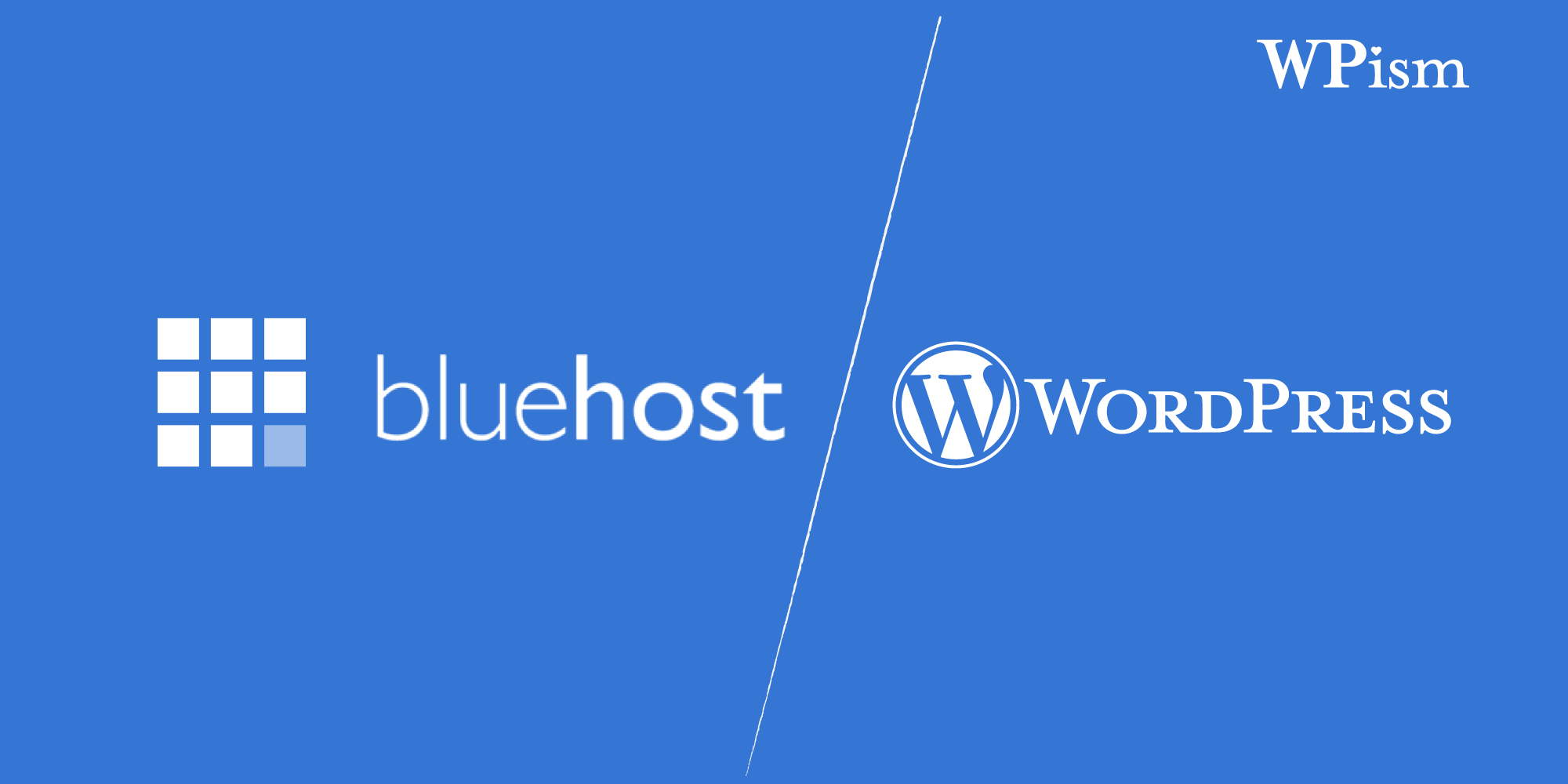

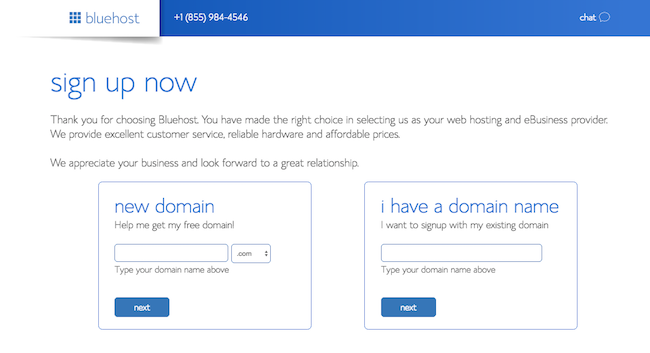
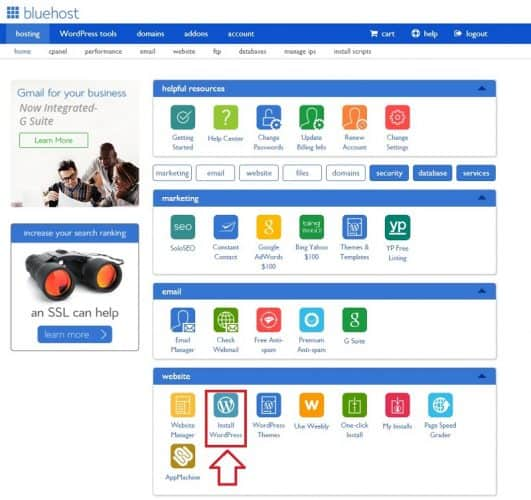
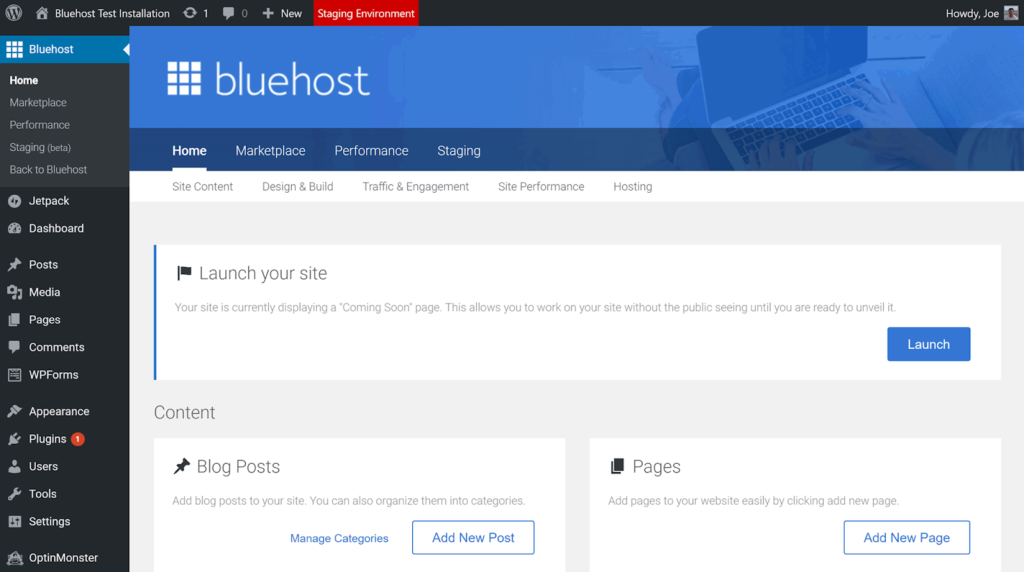

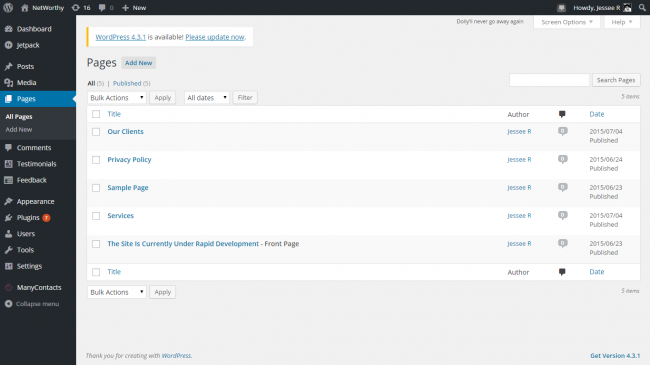







Extremely useful and authentic stuff… Thanks for creating such wonderful blogs. Keep it up 👍
Very good article….👍